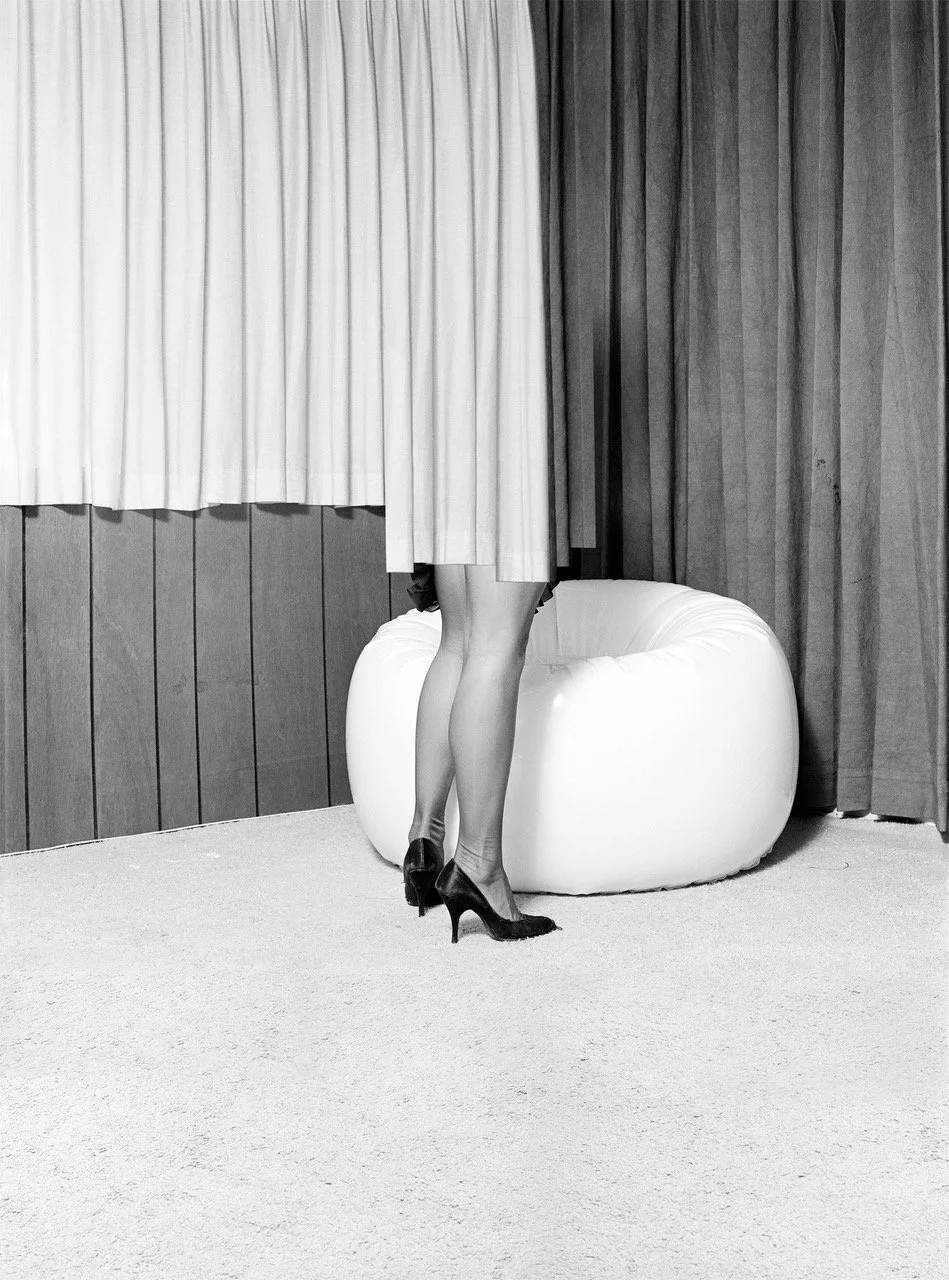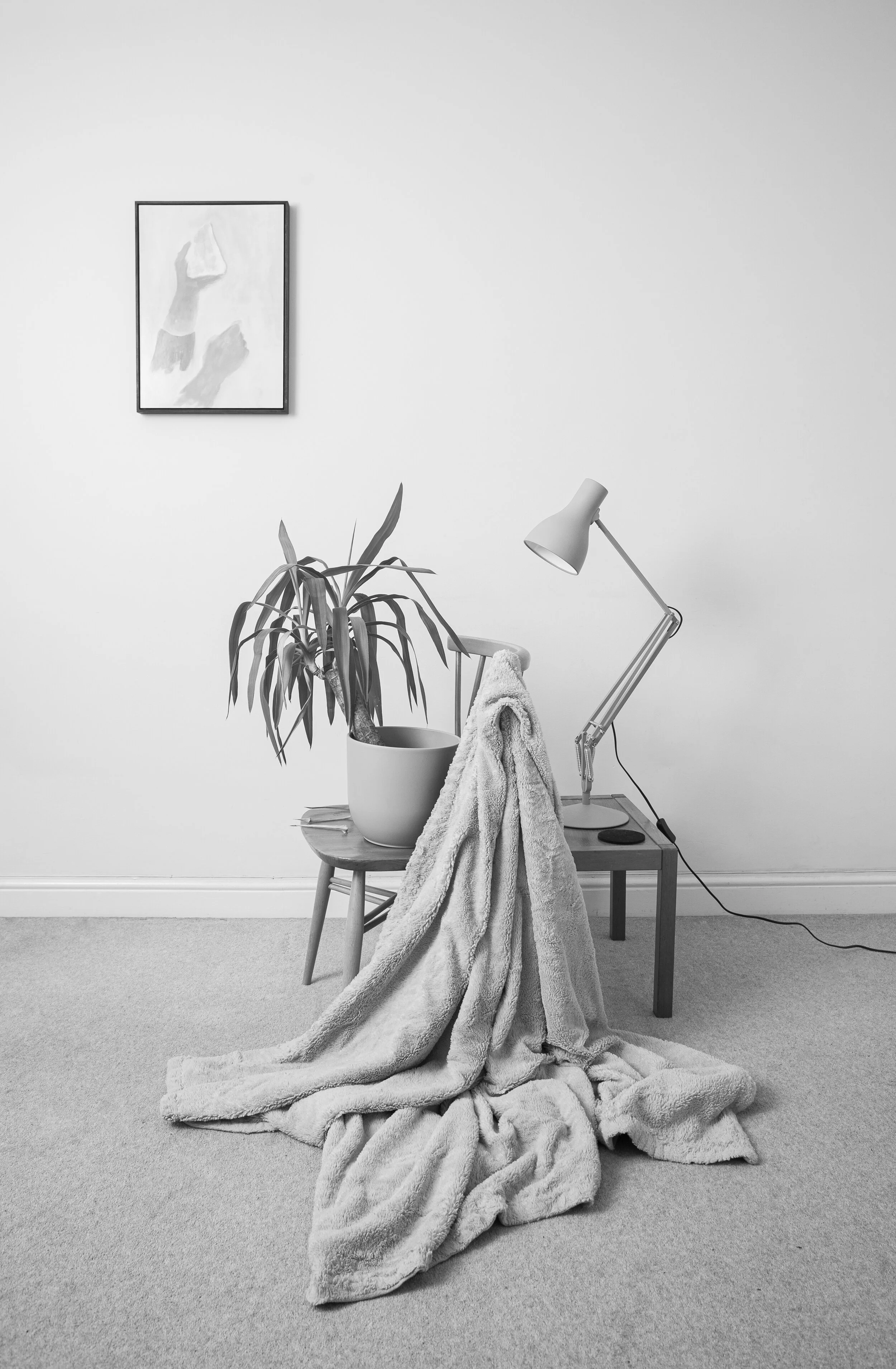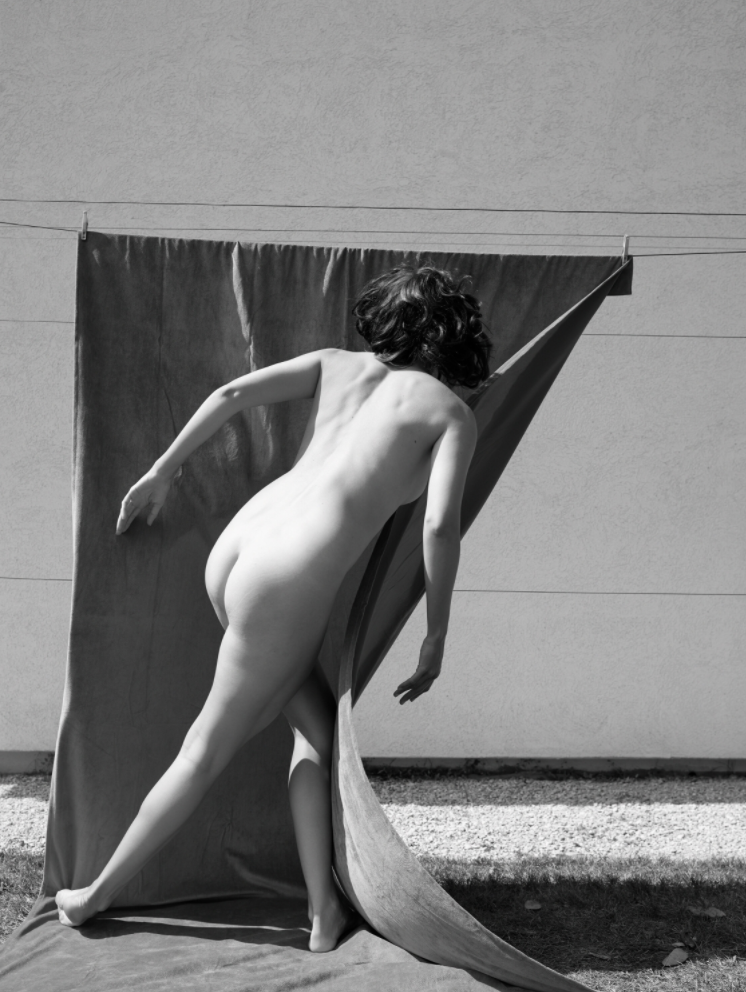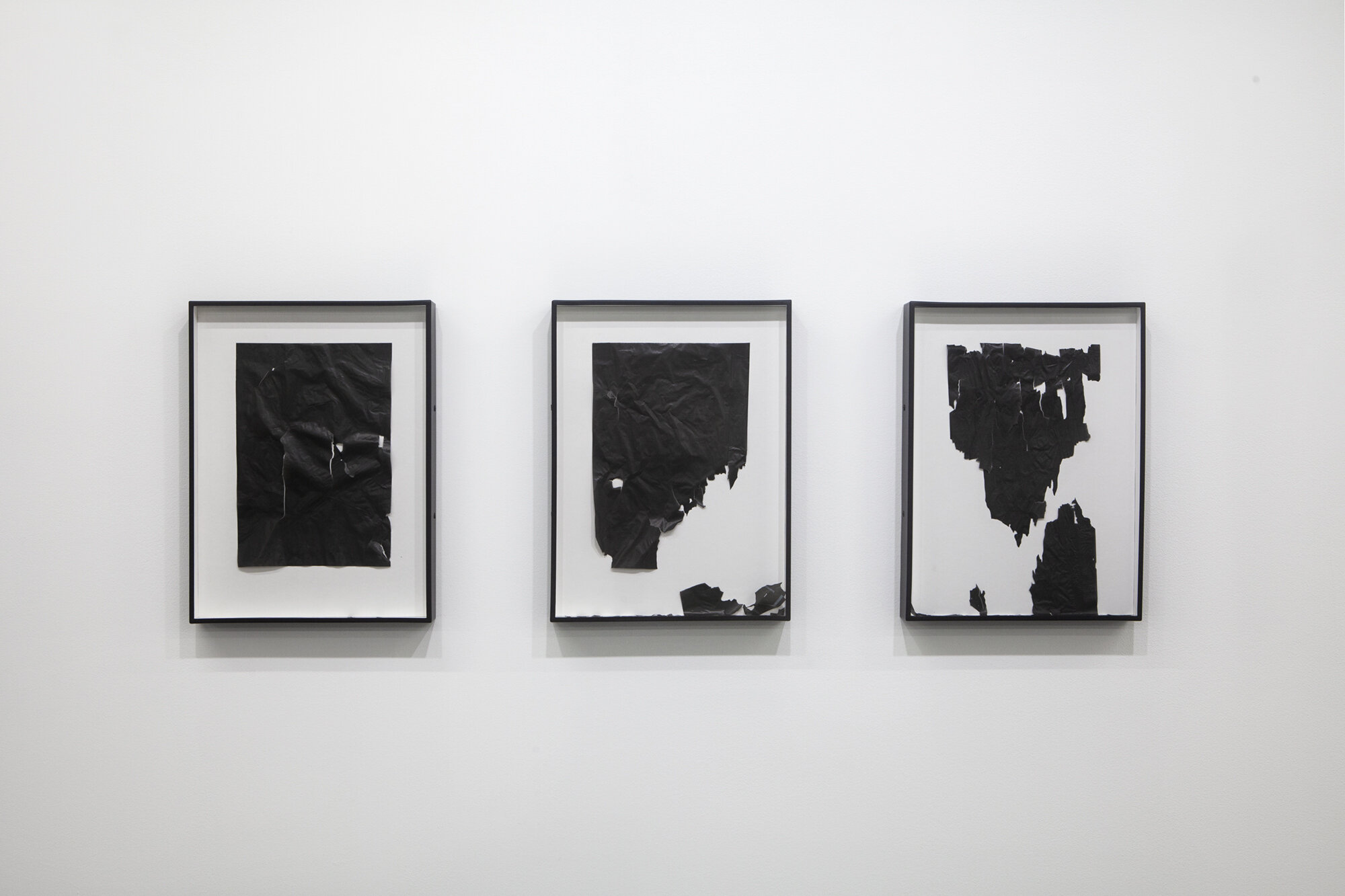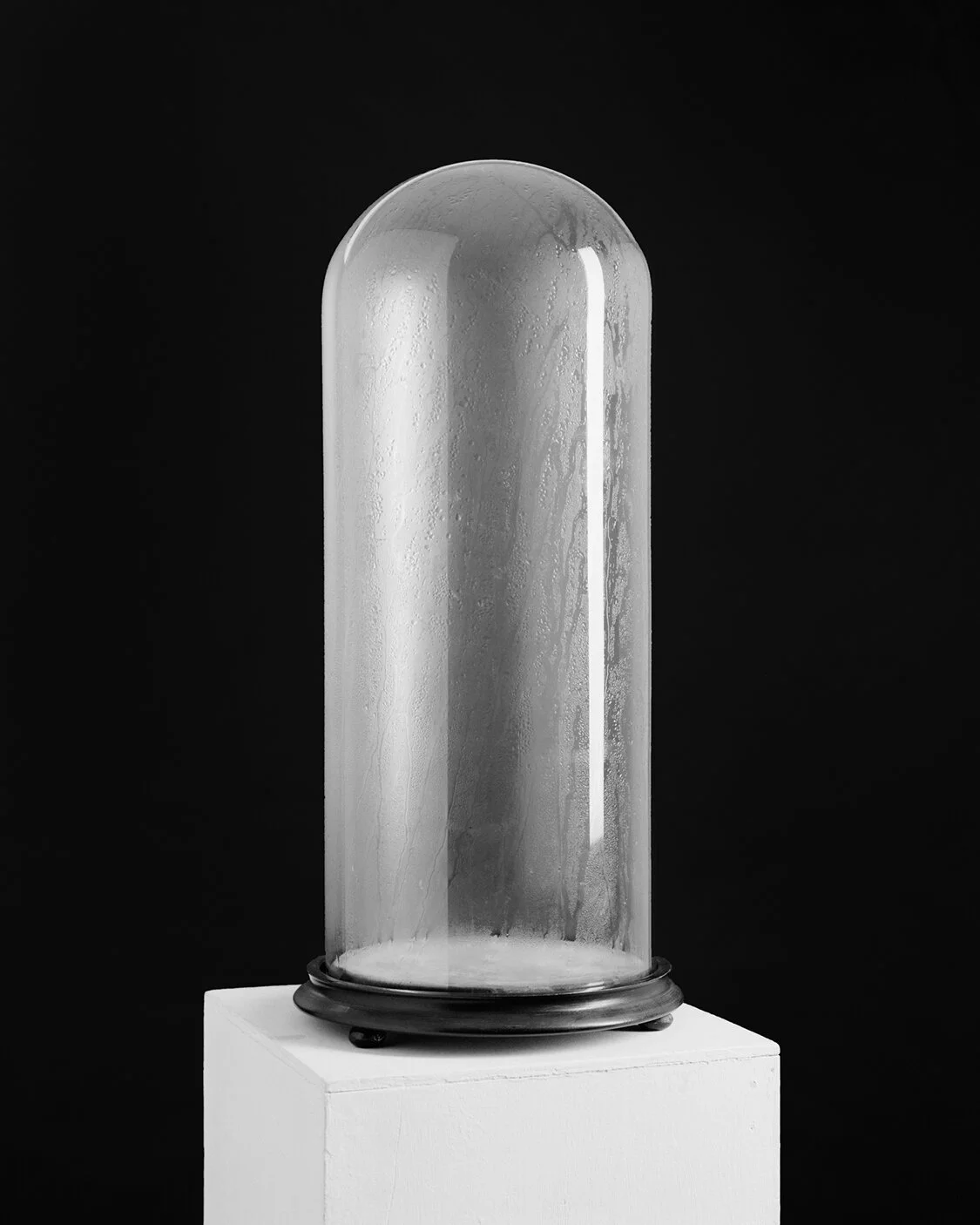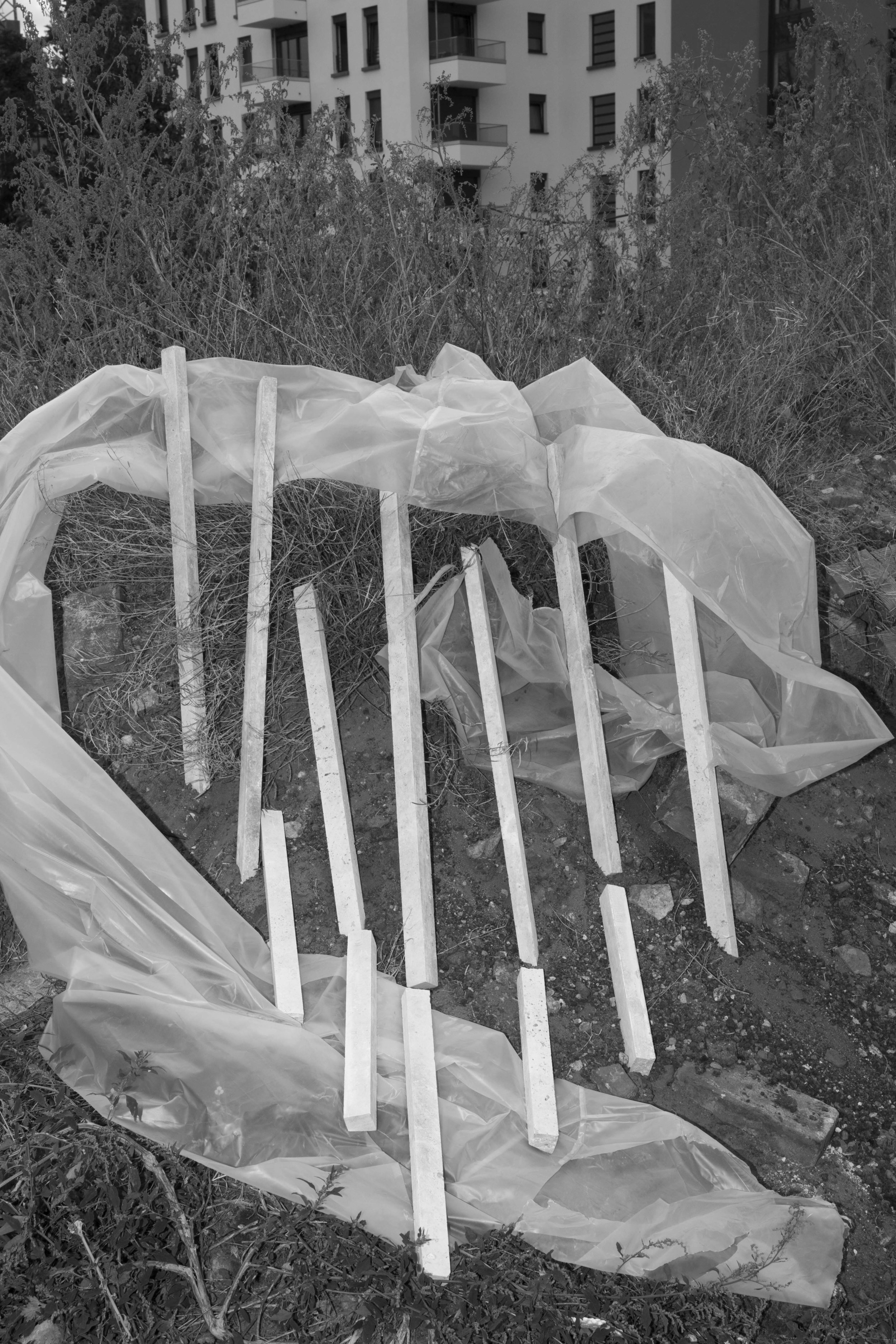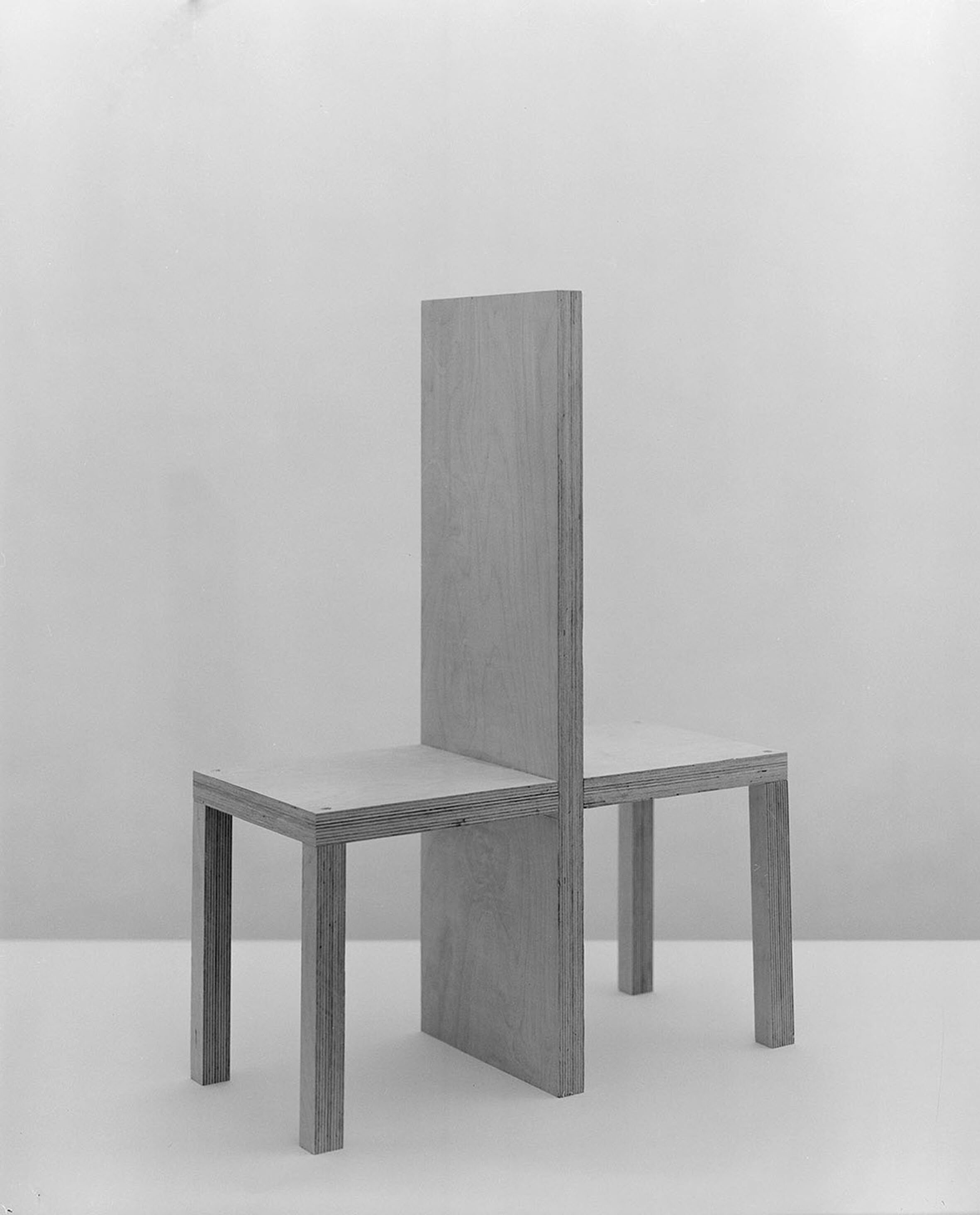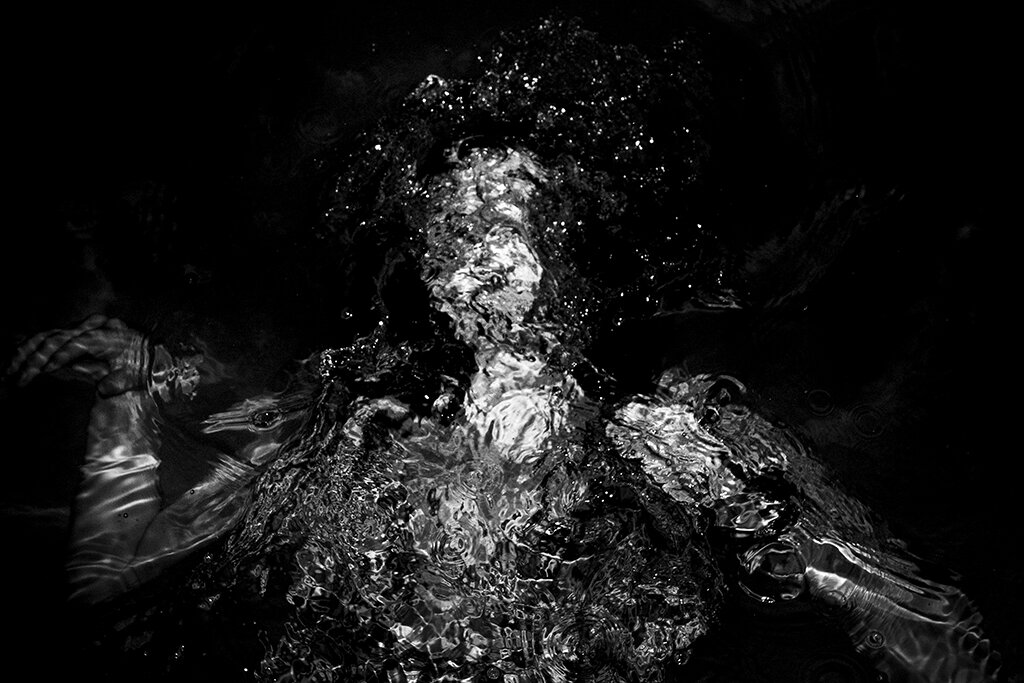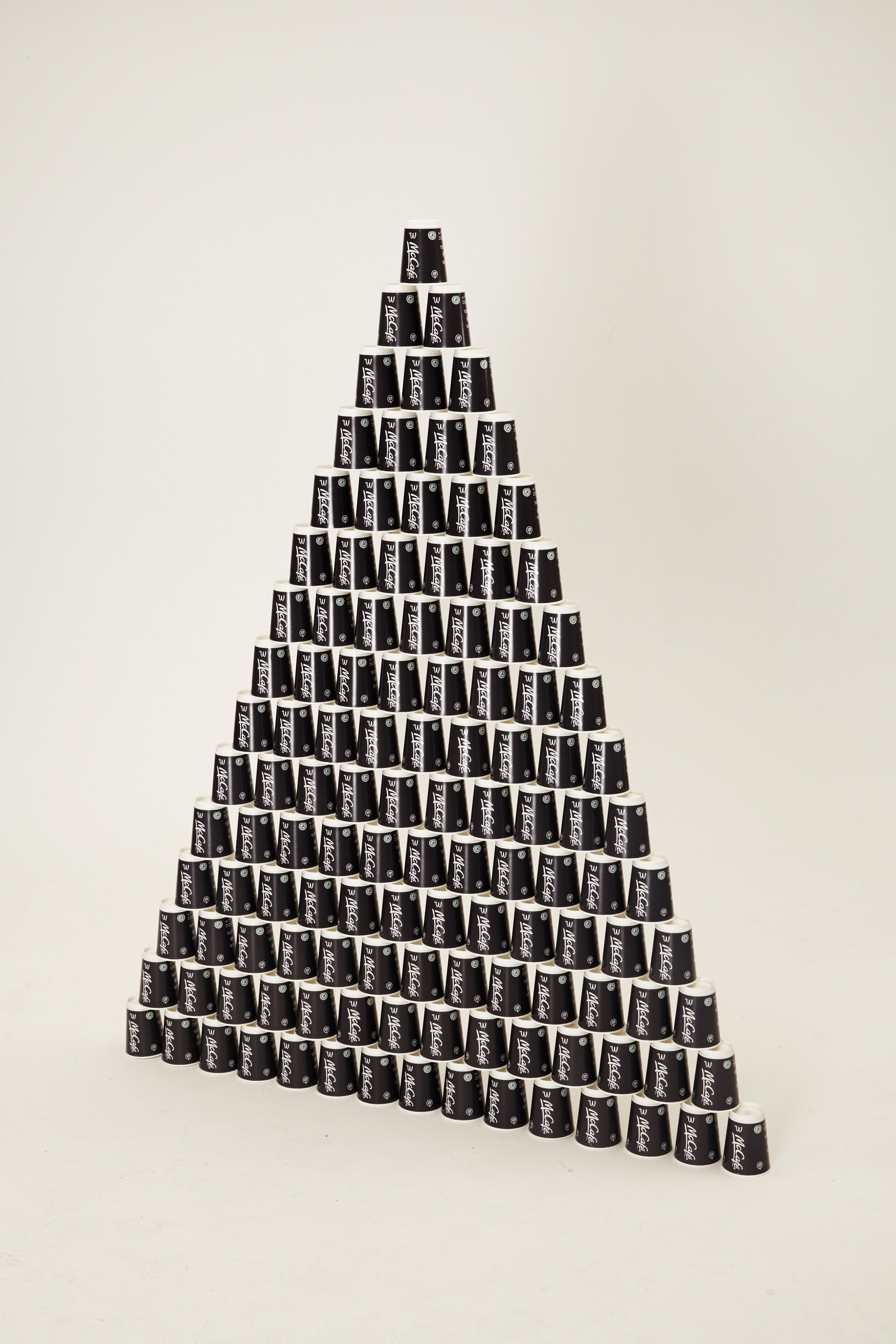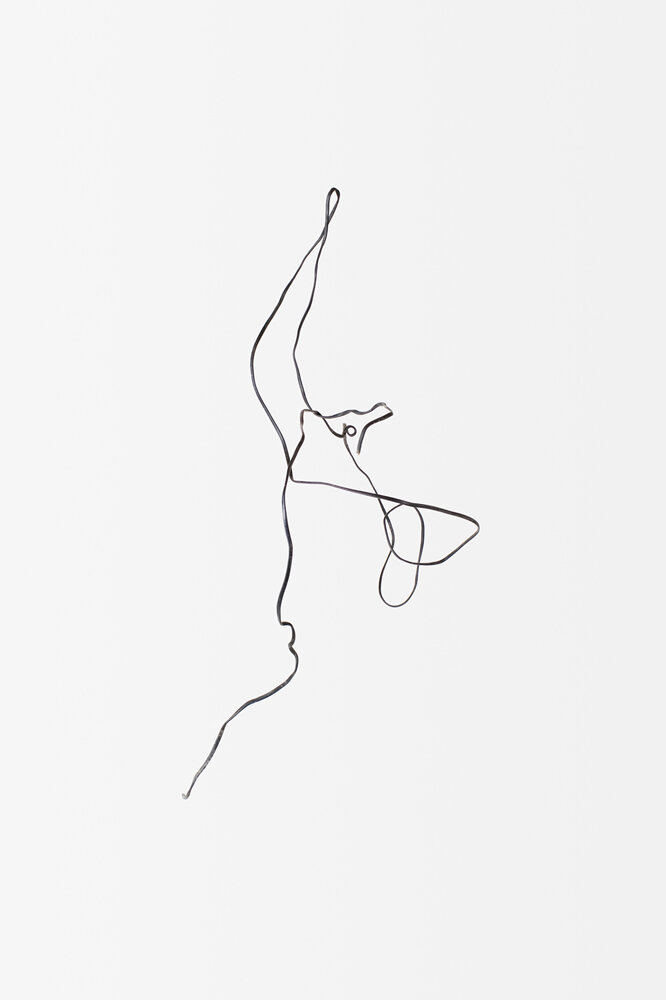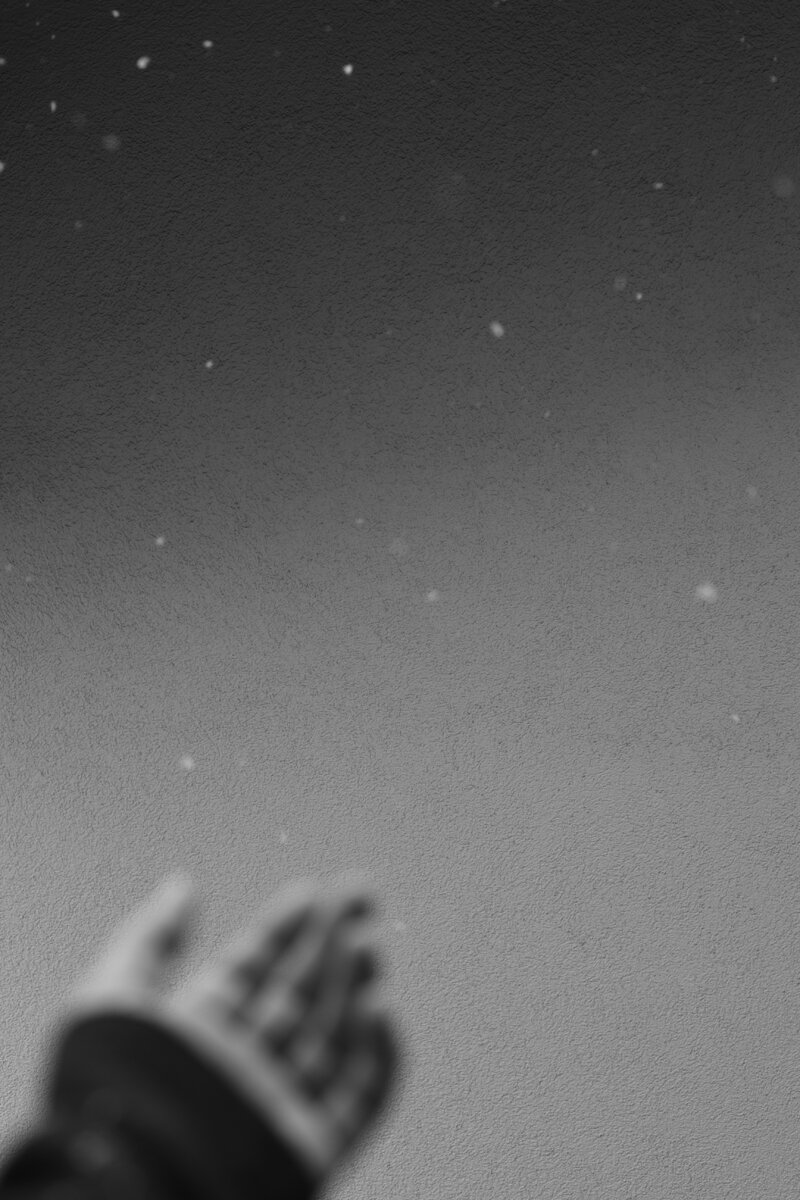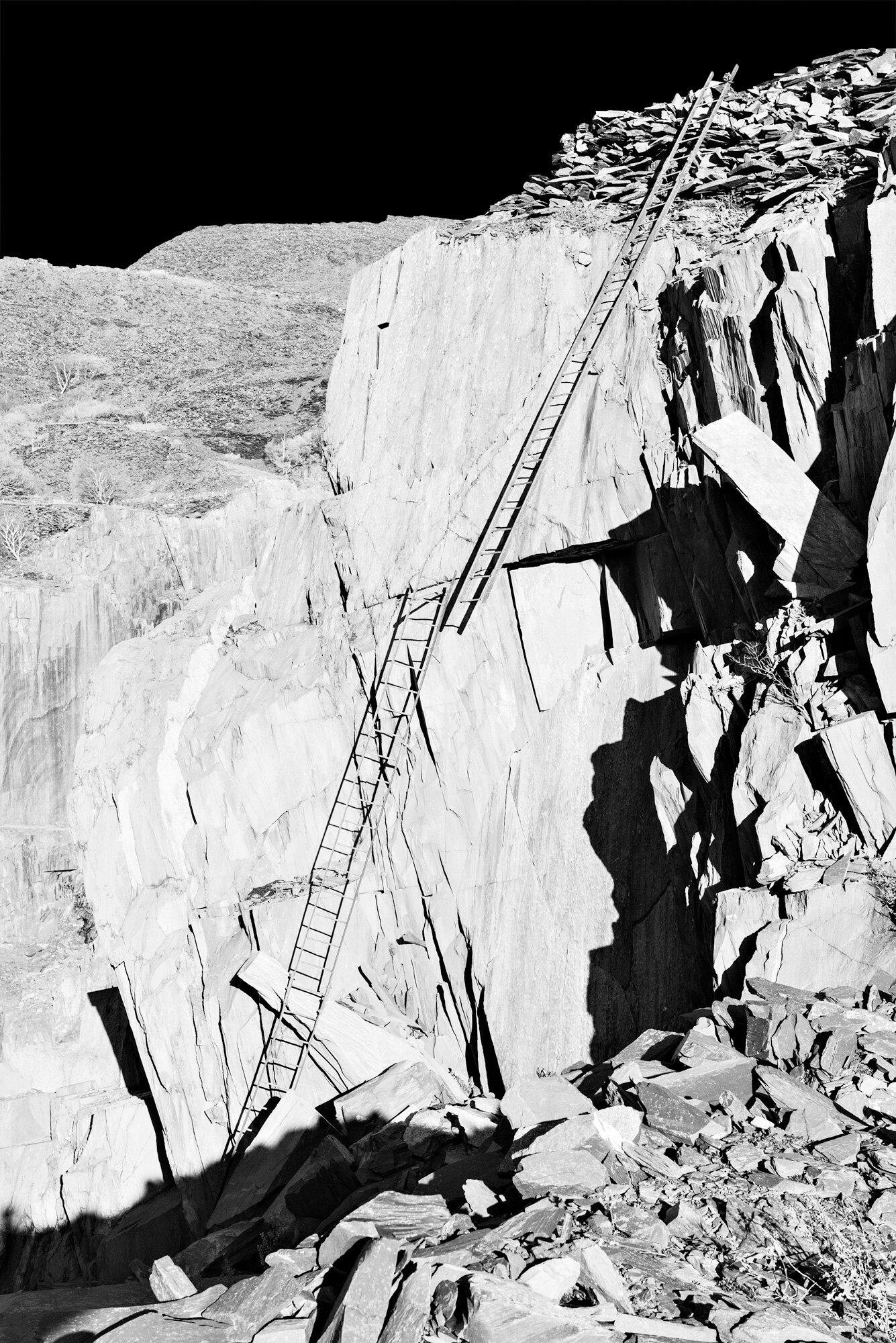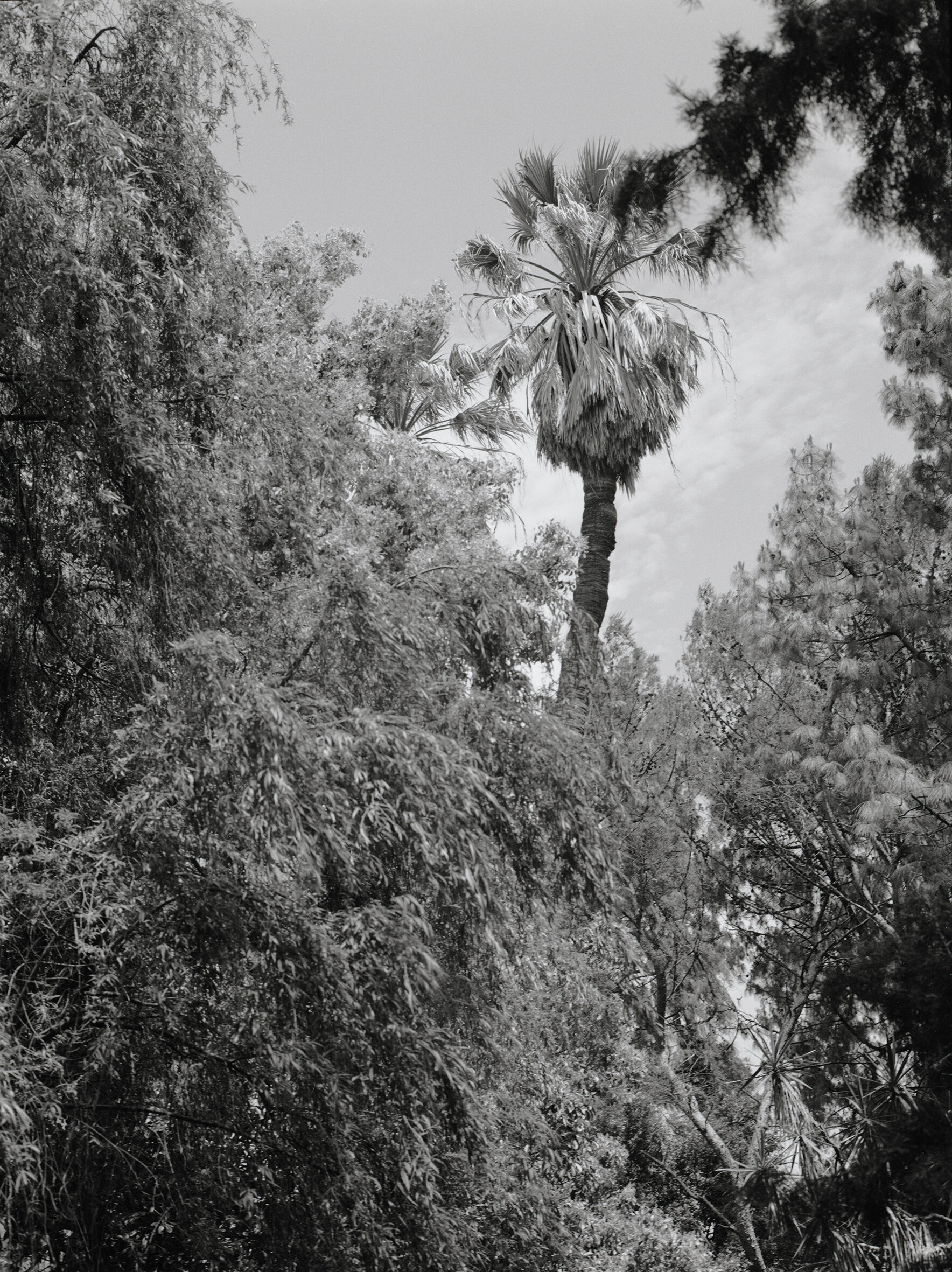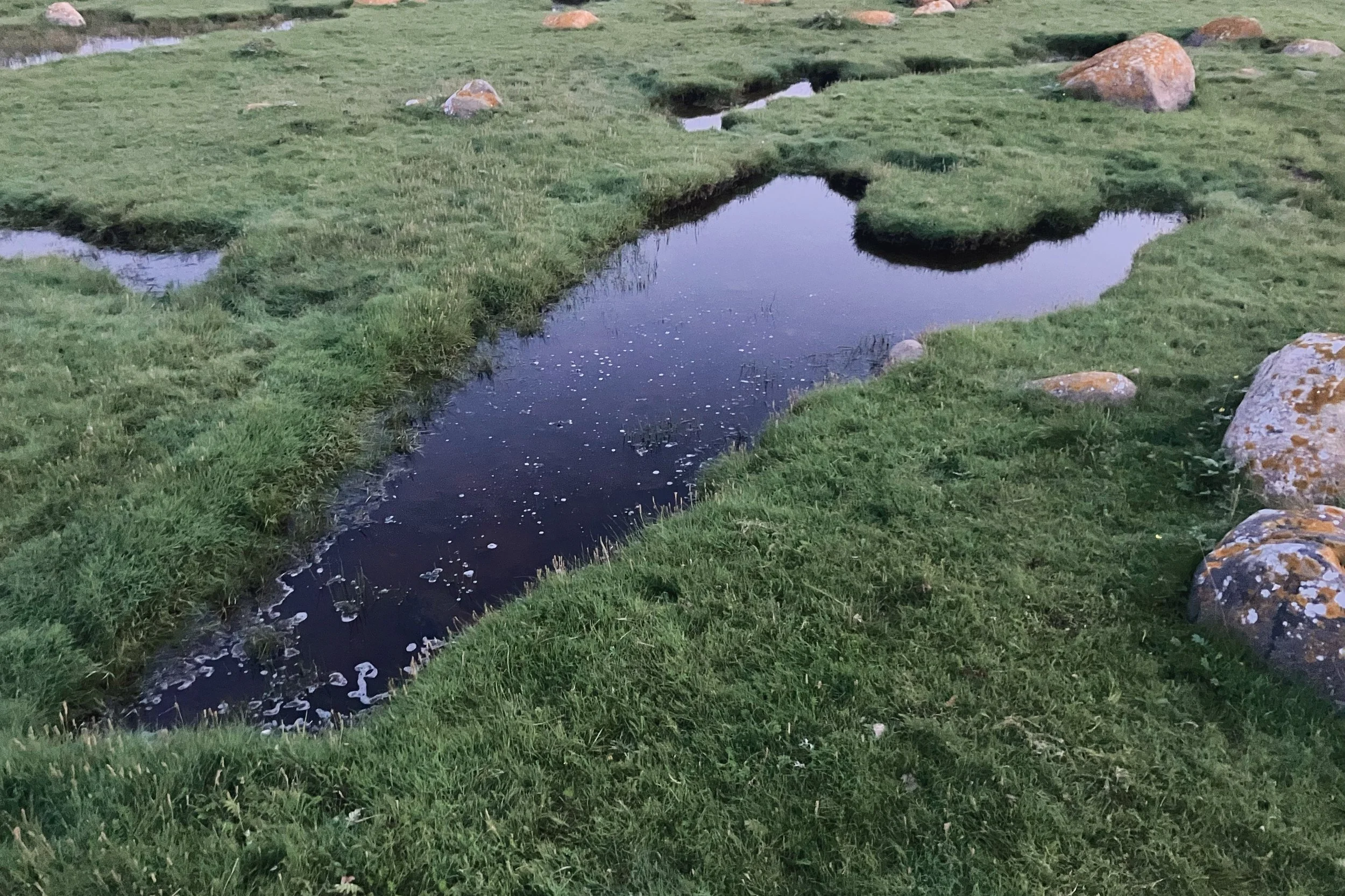KÜCHENDIENST #19
COLLECTIVE 19
KÜCHENDIENST
Collective focus on the artistic process of one emerging artist; we learn about their sculptural practice and how it relates to construction, deconstruction, or both. Questions by Joanna Cresswell.
Tell us about your process. What reference or influence do you take from other mediums? What are the important elements of what you do? Our most powerful influence is the kitchen environment itself. The mixture of organic and inorganic materials makes it to an independent being. Our task is to observe, document how it change and stay open minded. On the other hand the influences come from the DADA, Marcel Duchamp and last but not least Joseph Beuys. It seems to be a good combination. We can’t deny although, that another great influence is the contemporary street photography, which is able to change your perception your everyday environment forever.
Are these pictures concerned with exploring formal and aesthetic interests, or are they representational, metaphorical? What is the weight that holds these pictures together? We are interested in forms and colors for sure. Rejection and attraction are important ingredients of our work.
Küchendienst is about the documentary of the kitchen environment in a particular way, which should work as the red line for the project.
Are you a photographer or an artist using photography? We are professional photographers and work on this project as photographers. Anyway we enjoy the process of creating the photographs and the exact description of who we are in that moment does’t matter for us at all.
Does your work reflect on the medium of photography or the photographic image? If so, is that intentional? Many people are disgusted by our photographs, but they seem to forget the difference between the real mold growing in the fridge, an image of it and the 2D object which shows particular colors and forms. However some of the viewers manage to stop thinking of the mold itself but start to consider the pictures as what they are. It feels like a little confirmation for us, that we are moving in the right direction. It is exciting to imagine that a picture of mold can hang on the wall at a prestigious location while the mold itself disgusts everybody and will usually be thrown away asap.
Typically, are your works more about construction or deconstruction? In some way they are both. Every time when we deconstruct the reality, we construct a new image, a new world to discover at best.
Are you interested in the notion of your pictures as objects? Do you think about how their physicality may endure as you are photographing them or is that an afterthought? We love to print the pictures in large formats which helps us to discover even more new details, but it is not our superficial goal. Our homepage shows full frame pictures to give people all around the globe the possibility to join our exploration.
Often sculptural photographic works are concerned with elevating banal objects, situations or events to a status of ‘art’ – when does something become art for you? Everything becomes art when it starts to mold for sure. The creative process is fully integrated in our everyday kitchen life. While we are cooking, cleaning our kitchen or just inspecting the fridge at night: Küchendienstis omnipresent, so our camera is every time within reach. The disadvantage could be sometimes overcooked or burned food if we are so much into the creative process, that we sometimes totally forget about the cooking itself. Usually we work together but its also possible that only one of us is taking the pictures of interesting stuff he discovered in our kitchen universe. We discuss and decide together if it fits into the project or not. By that way we don’t try to force a new picture. What we do is being patient and attentive. Both goodnesses also well known from the street photography. In our opinion its the best way to work, if the art itself is involved in the everyday life.
WWW.KUECHENDIENST.ORG
Published by Trine Stephensen, January 2016









